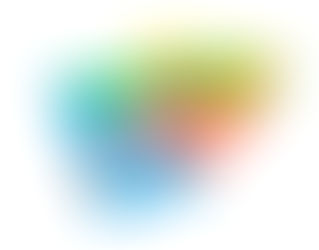Technology Integration in Education
- Emily Grout
- Oct 2, 2017
- 3 min read
The integration of technology into education can be a tricky and confusing business. Many teachers find the process of incorporating new technologies to be daunting given the infinite choices and continuously changing landscape. Thankfully, the internet has also provided educators with connections to experts regarding the most beneficial ways to utilize technology for the greatest results.
One model for assessing technology use in the classroom environment is the SAMR (Substitution, Augmentation, Modification, and Redefinition) method developed by Ruben R. Puentedura (Puentedura, 2017). Rueben takes a stratified approach to classification of technology use in the classroom. The entry level of his model involves Substitution of a traditional tool with a technology component. An example would be to have students type a letter to a celebrity with emphasis on proper grammar instead of handwriting the letter. The next level of the SAMR model is called Augmentation. For our example, the students could write a letter to a celebrity as a Google Doc for grading and editing. The task has been improved by the addition of Google Docs’ features, but the task has not been greatly altered from the handwritten letter in terms of educational scope. Both Substitution and Augmentation are considered part of the Enhancement Dimension of the SAMR model. I consider the Enhancement dimension to be a good starting place for those who are challenged by new technology. Most of my own educational experiences have been in the Enhancement realm, because I attended school when the internet was fairly new.
The next level of the SAMR model, Modification requires that technology create a significant redesign of the original task. For the letter example, this might entail creating a classroom blog where all the letters are published and reviewed by peers. The students would be required to consider their audience and demonstrate the ability to provide thoughtful feedback. The final stage of the SAMR model is called Redefinition. The Redefinition level is achieved when the task assigned morphs into a novel task that is not possible without the aid of technology. Both Modification and Redefinition are part of the Transformation dimension the SAMR model. The celebrity letter assignment could become an assignment to correct the grammar of celebrities through Twitter. I read an interesting article about children in Brazil using Twitter to work on their English language skills (Broderick, 2017). The students began a Twitter dialogue with celebrities that allowed the students to politely correct the celebrities’ grammar errors. I think it was inventive to combine a dry subject, like grammar with the excitement of corresponding with famous individuals. I also like that the assignment showed young students that being famous is not equivalent to being perfect. The students were shown the responses to their corrections as well, which gave the students a chance to interact with people on an international scale. None of these interactions and lessons could have been executed without internet connection and Twitter.
I think the SAMR model provides an excellent way to organize classroom technology interactions. Like baby steps to a final goal, the levels provide coherent, actionable instructions that most teachers will be able to follow. I have a better understanding of how to plan and keep technology relevant in my classroom. I also look forward to designing an assignment that reaches the Redefinition level of SAMR with creative use of technology in my own curriculum.
References
Brazilian School Kids Have Been Learning English By Correcting Celebrities' Grammar On Twitter. Broderick, Ryan (2017). BuzzFeed. Retrieved 15 September 2017, from https://www.buzzfeed.com/ryanhatesthis/brazilian-school-kids-have-been-learning-english-by-correcti?utm_term=.ae0ld8AGg#.kydl6AqZy(2017).
Hippasus.com. Retrieved 14 September 2017, from http://www.hippasus.com/rrpweblog/archive









Comments